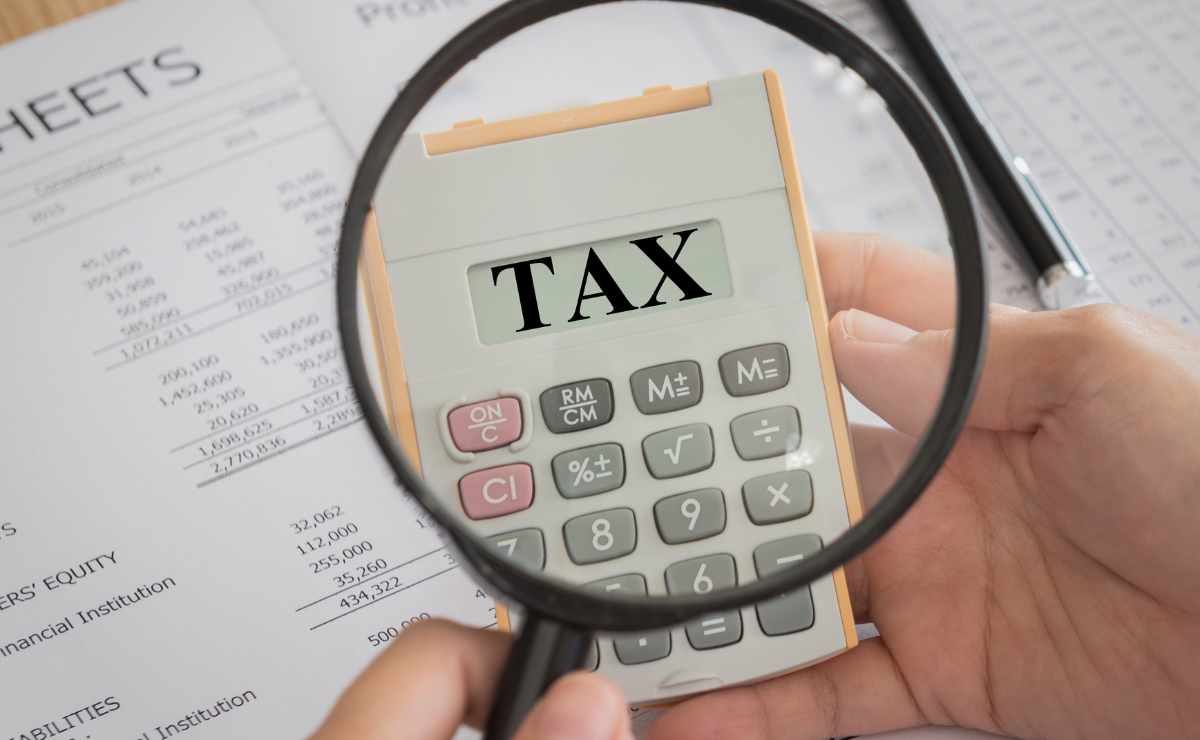According to an advisor, the combination of the IRS warning about potentially lower tax refunds and high inflation is a “double whammy” for families. Typically, taxpayers receive a federal refund if they have overpaid taxes or withheld more than they owe. However, expiring pandemic relief, which was delivered via tax breaks for 2021 returns, is one of the primary reasons for the expected smaller payments this year, as reported by experts.
The IRS has warned that taxpayers should anticipate a smaller tax refund compared to last year. Generally, taxpayers can expect a refund if they have overpaid their taxes for the year or withheld more than what they owe. However, due to the expiring pandemic relief, which was provided through tax breaks for 2021 returns, experts predict that refunds may be “somewhat lower” this year.
Almost one-third of Americans depend on their tax refund to meet their financial needs
A recent survey by Credit Karma revealed that almost one-third of Americans depend on their tax refund to meet their financial needs, while many are still struggling financially. According a certified financial planner and senior financial planning consultant at eMoney Advisor, the combination of smaller refunds and high inflation could create a “double whammy” for some families. The IRS reports that the average refund for the 2022 filing season was $3,176 as of October 28, which represents an increase of almost 14% from the $2,791 average in 2021.

According a certified financial planner and senior financial planning consultant at eMoney Advisor, some taxpayers may be in for an unpleasant surprise when they file their 2022 tax returns due to several reasons.
One of the reasons is that tax breaks such as the enhanced child tax credit and child and dependent care tax credit, worth up to $3,600 per child and up to $4,000 per dependent respectively, which were part of the American Rescue Plan of 2021, have returned to their previous levels.
Child tax credit has decreased back to a maximum of $2,000 per child
Consequently, the child tax credit has decreased back to a maximum of $2,000 per child, and the child and dependent care tax credit is now $1,050 per dependent. This reduction in tax breaks may result in lower refunds. In addition, those who did not receive the third stimulus payment had the opportunity to claim it on their 2021 tax returns, which could have contributed to higher refunds.
Another factor that may affect tax refunds is that in 2021, charitable deductions were more generous, enabling filers to receive a tax break even if they did not itemize deductions. This deduction, which was up to $300 for single filers and up to $600 for married couples filing jointly, was a significant amount for many Americans, according to Tony Molina, a certified public accountant at Wealthfront.
If you’re looking to increase your refund or reduce your tax bill before the April 18 deadline, there are a few options to consider, according to Molina. For instance, contributing to a traditional individual retirement account (IRA) before the deadline could offer a tax deduction. Your eligibility for this tax break will depend on your income and participation in a workplace retirement plan. Additionally, you can still make contributions to a health savings account (HSA) for 2022, assuming you have an eligible high-deductible health insurance plan. HSA contributions also offer a deduction.